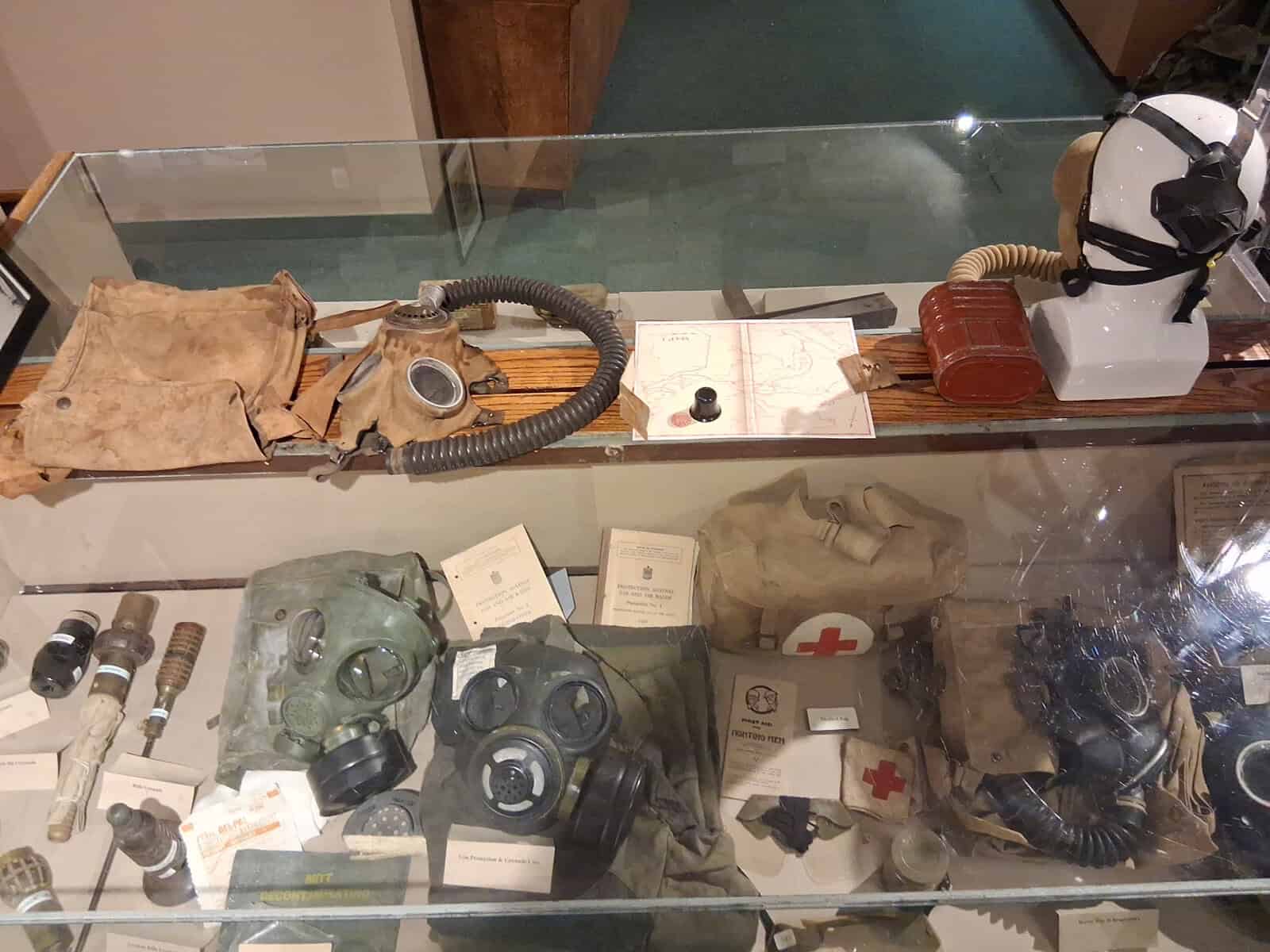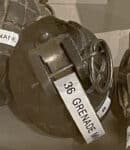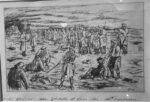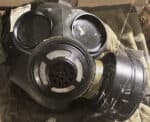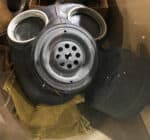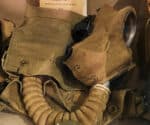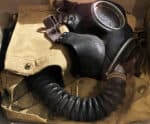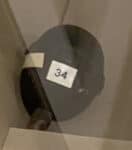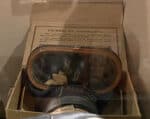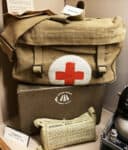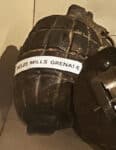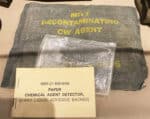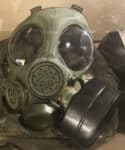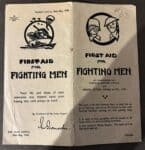Hand grenades
During the Second World War, the Mills Bomb continued in service as improved variants (such as the No. 36M), filled with Baratol explosive and fitted for either hand or rifle launching. Canadians also used specialized grenades, such as the No. 69 and No. 77. The No. 69 was a Bakelite-bodied grenade designed to reduce dangerous fragmentation and relied on a separate metal fragmentation sleeve when needed. The No. 77 was filled with white phosphorus and primarily used for smoke screening and as an incendiary device. Another notable type was the No. 73 Thermos Bomb, a large anti-tank grenade, though it was unpopular because it was cumbersome and dangerous to handle.
By the end of the Second World War, the Mills Bomb remained the iconic fragmentation grenade. Its simple, reliable design influenced postwar development of grenades used by Canadian forces into the Korean War and beyond. Hand grenades were indispensable tools for clearing trenches, bunkers, and fortified positions, demonstrating their enduring tactical value.
Gas masks
By the Second World War, gas masks were standard-issue gear—more habit than horror, because chemical warfare had mostly fizzled out after WW 1. Still, every Allied soldier and civilian carried one, just in case a cloud of chlorine, mustard gas, or some other nasty surprise drifted their way .
Canada even stepped up: the Mark IV gas mask, crafted entirely from Canadian-made Goodrich rubber, was a symbol of domestic ingenuity and Allied support .
Gas masks weren’t perfect. Filters often contained asbestos, giving soldiers future health problems no one asked for . Their design didn’t help either—stale air lingered inside, CO₂ build-up spiked, and breathing felt like sucking through a straw. Some troops passed out from the effort .

